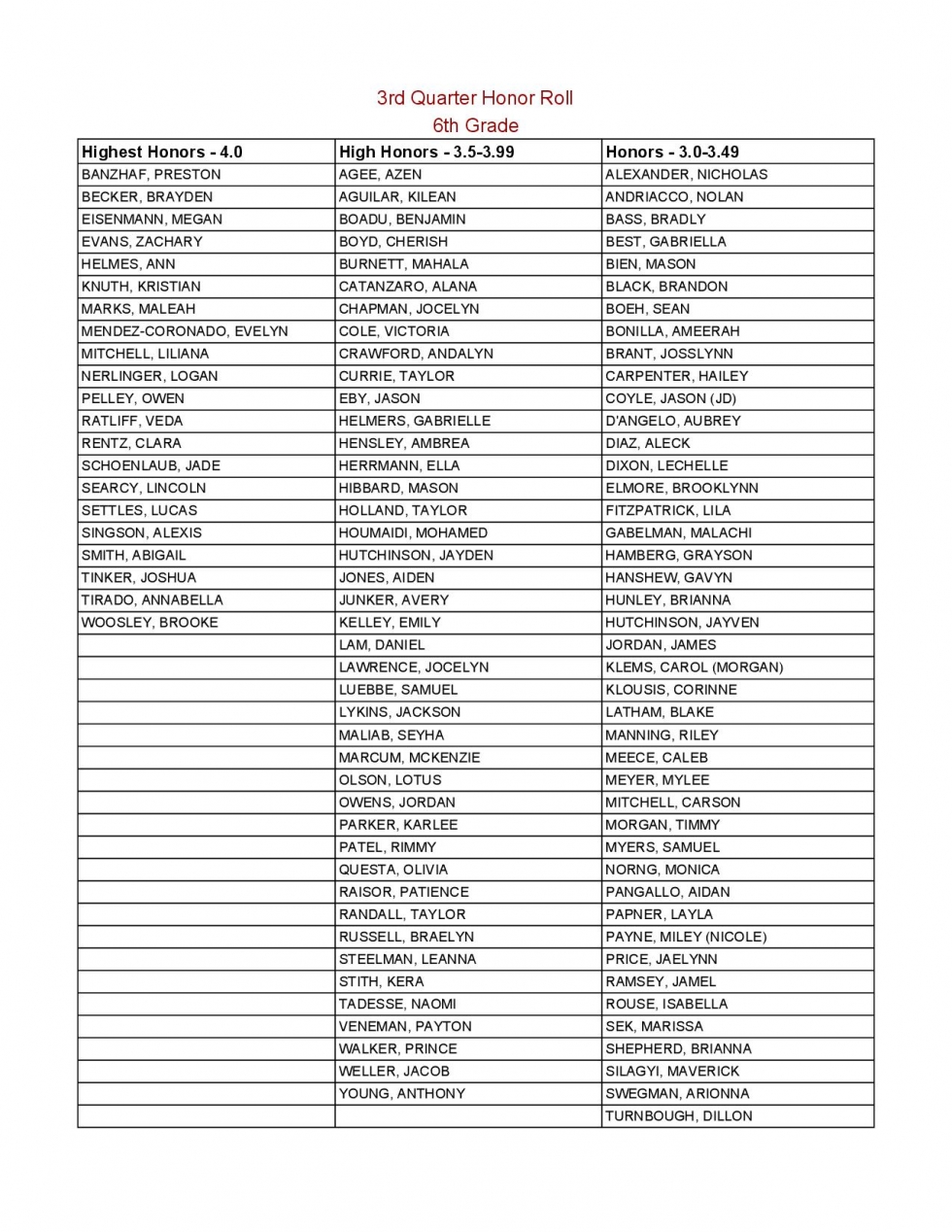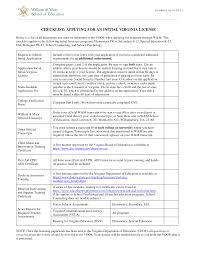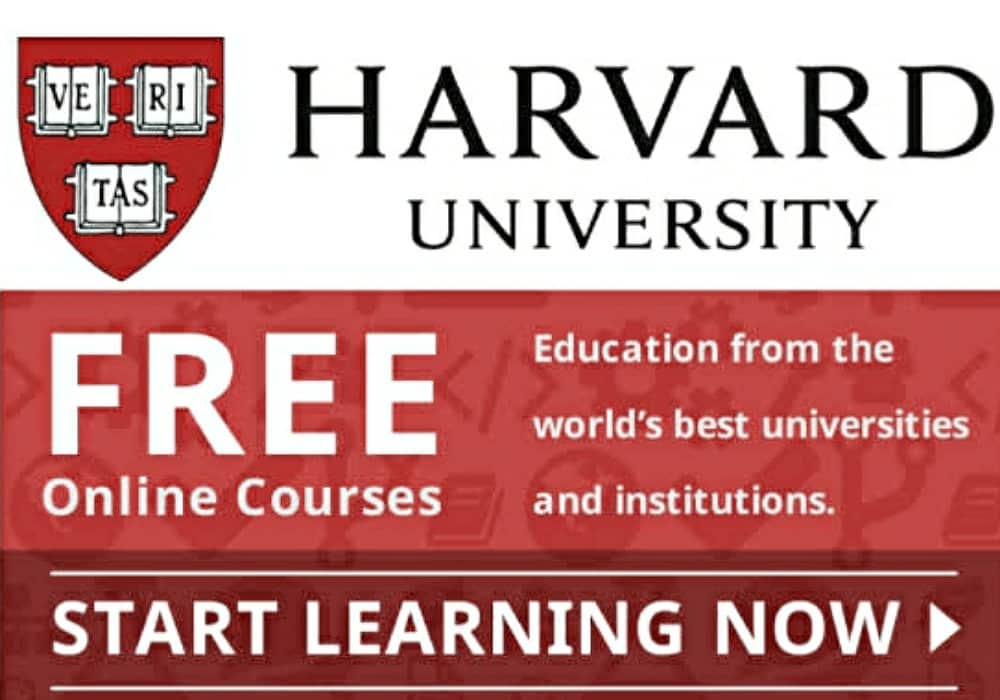
Minnesota is home to many colleges and universities, making it an ideal place for students to pursue a higher education. However, tuition costs can be steep and can leave students with thousands of dollars in debt after graduation. For this reason, it's important for students to seek out scholarships in mn that can help pay for their college expenses.
Scholarships for college students
The Minnesota Office of Higher Education offers several types of grants that can be applied to college tuition. These grants can be applied to college tuition by high school graduates who meet the financial requirements. The annual maximum grant ranges between $6,848 and $8,620 depending the institution and expected family contributions.
SMART Grants: Science and Math Access To Retain Talent
Third and fourth-year college students majoring in engineering, technology or science can apply for this grant. The grant will help low-income students graduate faster and increase their retention rates.

Teacher of Color Pilot Program
This program offers financial assistance to qualified students who are from underrepresented racial/ethnic groups. It aims to increase diversity in teaching by increasing diversity. These students demonstrate financial need and have plans to teach in underserved communities.
PFund Foundation Awards Leadership Scholarships to LGBT+ Students
This award goes to students who are lesbian/gay, bisexual, or transgender (LGBT+), and have demonstrated dedication to the community and a strong commitment within their chosen field. They are encouraged use this opportunity to be leaders and role models for others.
Selfless Scholars - This is a unique scholarship in that it honors individuals who go above and beyond to provide support for others. To be eligible, applicants must have been a student in high school for at least one year and have a GPA of at least 2.0.
Page Education Foundation Grants for Students of Color
The Page Education Foundation believes Minnesota's students of color must be encouraged to go to college. To encourage them, they provide scholarships that they can use to pay tuition. The grant includes a commitment of volunteering in a recognized service project that benefits children of colour.

The grants are available to all income levels and races. However, priority is given in Minnesota to those of racial and ethnic minorities. The grant is not enough. The recipient must also agree to teach in Minnesota's most underserved regions for at minimum four years after certification.
For a full list of scholarships for low-income students in Minnesota, visit the Minnesota Office of Higher Education's website and click on "paying for college." The site also offers other helpful resources such as how to fill out the FAFSA and a variety of tips for students looking for funding.
FAQ
What is an alternate school?
An alternative school aims to allow students with learning difficulties to access education and provide them with support from teachers who are qualified to meet their needs.
Alternative schools are designed to give children with special education needs the chance to learn in a normal classroom setting.
A lot of help is also available for them when they need it.
Alternative schools do not exist for students who are exclusion from mainstream schools.
They are accessible to all children, regardless if they have disabilities or abilities.
How do I select my major?
Students choose their majors depending on their interests. Some students will choose to major or minor in a subject that interests them because they'll find it more enjoyable than learning about something else. Others want to pursue a career for which there are no jobs available. Some students choose a major in order to earn money. Whatever your reasons, you should consider what kind of job you might like after graduation.
There are many avenues to find information about various fields of study. You could talk to someone in your family or friends about their experiences in these areas. You can check newspapers and magazines to see if any jobs are listed. Ask your guidance counselor about possible career options. Visit the Career Services section of your local library. You can borrow books about various topics from the public library. Search the Internet for specific career-related websites.
How long should I spend studying each semester
The length of your studies will depend on several factors.
Other than these factors, you may need to take certain classes each school year. This means that you won't always be able take the same courses every semester. Your advisor can advise you on the courses that you must take each semester.
Which factors are important when selecting a major
It is important to first decide if you would prefer to go straight into a job or go to college. Then you should make a list of your interests and talents. There are many things you might enjoy reading, listening or watching music, talking to others, doing housework, or even playing sports. You might be gifted in singing, dancing or writing. Once you've identified your interests and talents you can use them to guide you when choosing a major.
Fine arts or art history might interest you if your dream is to be an artist. Biology might be a good choice if you are passionate about animals. Pre-medicine and medical technology might be a good option if you want to become a doctor. If you'd like a career that involves computers, you might check out computer science or computer networking. There are many possibilities. Just think carefully about what you'd like to do.
Homeschooling is for everyone.
Anyone can homeschool. No special qualifications are required.
High school graduates are qualified to teach their children. Many families decide to teach their grandchildren while they are still in high school.
Parents can teach their children even if they have not received formal education.
Parents can become certified teachers after completing certain requirements. These requirements are different for each state.
Some states require all homeschooled children to pass a test prior to graduation. Others do not.
Homeschooling parents need to register their family with local schools.
This involves filling out paperwork, and submitting it back to the school board.
After registration, parents can enroll their children at public or private schools.
A few states allow parents who are not registered with the government to homeschool their children.
If you live in one these states, your responsibility is to ensure that your children are compliant with the state's compulsory attendance laws.
How long does a teacher of early childhood take?
The four-year process to earn a bachelor's level in early child education takes. The majority of universities require that you take two years to complete general education courses.
After finishing your undergraduate degree, you'll usually be accepted into graduate school. This step allows you to specialize in a particular area of study.
One example is to choose to specialize in child psychology or learning difficulties. After you complete your master's, it is time to apply to a teacher-preparation program.
The process could take several years. To gain practical knowledge, you will partner with experienced educators.
Finally, to be able to officially start working as a teacher, you will need pass the state exams.
This process is lengthy and you will not be able instantly to enter the workforce.
Is it necessary to attend college in order to be an early childhood educator
However, you may want to think about going to college in order to be prepared for a career in the field.
It is essential to understand that becoming a teacher takes hard work. There are lots of applicants who aren't accepted into programs each year. Many people also leave college after only one semester.
To become a teacher, you must also meet certain qualifications.
Statistics
- Data from the Department of Education reveal that, among 2008 college graduates, 92.8 percent of humanities majors have voted at least once since finishing school. (bostonreview.net)
- Think of the rhetorical power of nineteenth-century abolitionist Harriet Beecher Stowe, Martin Luther King, Jr., or Occupy Wall Street activists with their rallying cry of “we are the 99 percent.” (bostonreview.net)
- And, within ten years of graduation, 44.1 percent of 1993 humanities graduates had written to public officials, compared to 30.1 percent of STEM majors. (bostonreview.net)
- They are more likely to graduate high school (25%) and finish college (116%). (habitatbroward.org)
- Globally, in 2008, around 89% of children aged six to twelve were enrolled in primary education, and this proportion was rising. (en.wikipedia.org)
External Links
How To
what is vocational education?
Vocational education is an educational program that prepares students to work after high school and college. It teaches them specific skills for specific jobs (such as welding). This includes apprenticeship programs and on-thejob training. Vocational education differs from general education because it focuses on preparing individuals for specific careers rather than learning broad knowledge for future use. Vocational education does not prepare students for university, but it helps them find work after graduation.
Vocational education can be offered at any level of schooling: primary, secondary, college, university, technical institutes and trade schools. There are many schools that specialize in specific subjects, such as nursing schools (law schools), medical schools, dental school, veterinary medicine and firefighting schools. These schools offer both practical and academic training.
Over recent decades, there have been significant investments made in vocational education by many countries, including Australia, Denmark (Finland), Germany, Ireland and Japan. The effectiveness of vocational education is still controversial. Some critics say it does not improve students' employability. Other argue that it prepares them well for life beyond school.
According to the U.S. Bureau of Labor Statistics 47% of American adults have a postsecondary certificate. This figure is higher for those with more education. 71% (25-29) of Americans have a bachelor's level or higher and work in fields that require a postsecondary degree.
According to the BLS in 2012, almost half of Americans had at the least one type of postsecondary credential. A third of Americans have a two-year associate's degree and 10% hold a four year bachelor's degree. One fifth of Americans have a master's, or doctorate.
In 2013, the median annual wage for persons holding a bachelor's degree was $50,900, compared to $23,800 for those without a degree. For advanced degrees, the median annual wage was $81,300.
For those who did no high school, the median salary was only $15,000. Earn $13,000 per annum for those with less high school diplomas.